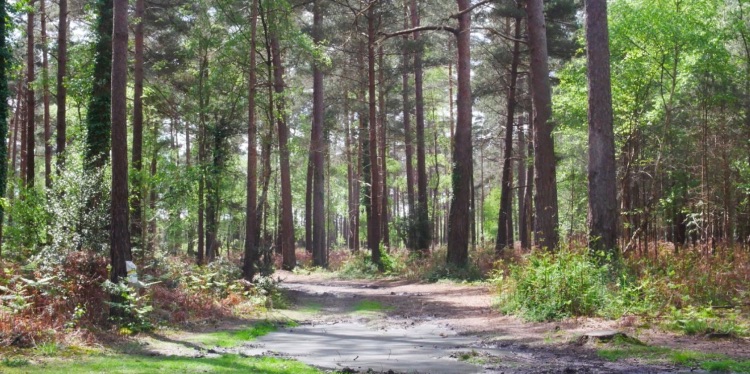A Sense of the New Forest

A Medieval & New Forest
Following the Norman Conquest, William the Conqueror designated the New Forest a royal forest, reserved for deer hunts and the private use of the King and invited aristocracy. The area was deemed a ‘new’ entity at the expense of 20 small hamlets and farmsteads being first recorded as Nova Foresta in the Domesday Book in 1086, the only forest to be detailed. Two of William the Conqueror’s sons died in hunting accidents in the New Forest with folklore suggesting the deaths were punishment for William evicting locals to acquire the land. The Rufus Stone, marking the location of King William II’s death can be seen near Minstead.
A High Conservation Area
The New Forest, located across Hampshire and Wiltshire, is one of Europe’s most important locations for nature and conservation with its unique mix of ancient woodlands, wetlands and open heathland. These diverse landscapes make the New Forest home to over 219 square miles of broadleaved woodland and more than 700 varieties of wildflower, around a third of Britain’s total. Many of these rare species of plants can no longer be found in Europe. The New Forest has a high conservation status being designated as a Special Site of Scientific Interest (SSSI), a Special Protection Area (SPA) for Birds, a Special Area of Conservation (SAC) and a Ramsar site (a Wetland of International Importance).
Ancient Woodlands & Wetlands
Some of the oldest trees in the United Kingdom can be found in the New Forest, with approximately 1,000 ancient trees recorded in the area, including Yews over 1,000 years old, Oaks up to 800 years old and Beech Trees up to 400 years old. There are over 1,000 ponds and in excess of a dozen rivers, streams and tributaries that flow through the New Forest in addition to an extensive network of wetlands. The wetlands are among the last remaining in Europe, with 75% of theses areas in North West Europe being found in the New Forest.
Grazing Livestock & Forest Laws
A particularly unique aspect of the New Forest are the grazing animals, the ‘Architects of the Forest’. The ponies, cows, pigs and deer grazing are an important part of the Forest’s ecology and maintain the special character of the area as open heathland and lawns would quickly revert to scrubland and woodland would become overgrown with vegetation. This practice dates back to the Norman Conquest when Forest Laws were introduced to preserve the area for royal deer hunting.
Commoners & Verderers
The pre-existing inhabitants of the area were know as Commoners due to the Anglo Saxon rights of common. The Commoners were recognised by the Crown as owner occupiers of land within the Forest and governed by Verderers responsible for regulating the commoners practices.
A National Park
Approximately 90% of the New Forest is Crown land being managed by Forestry England and further protected in 2005 being granted National Park status. The Nation Park as we know it today is steeped in history and similar in size to that of William the Conqueror’s Nova Foresta.

Comments